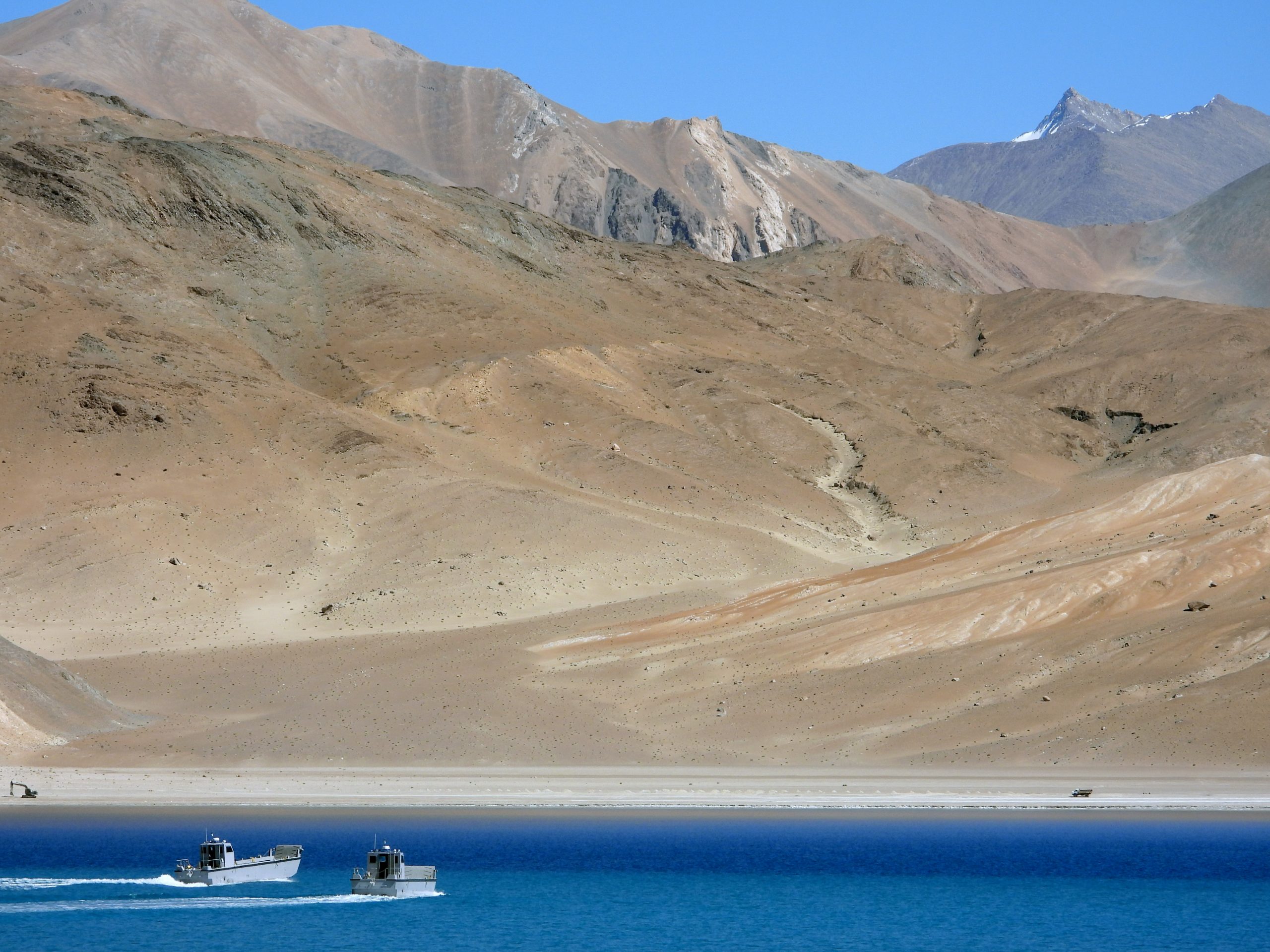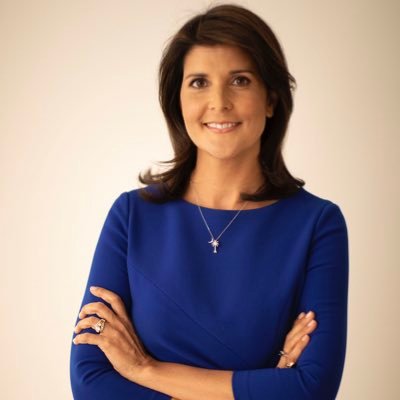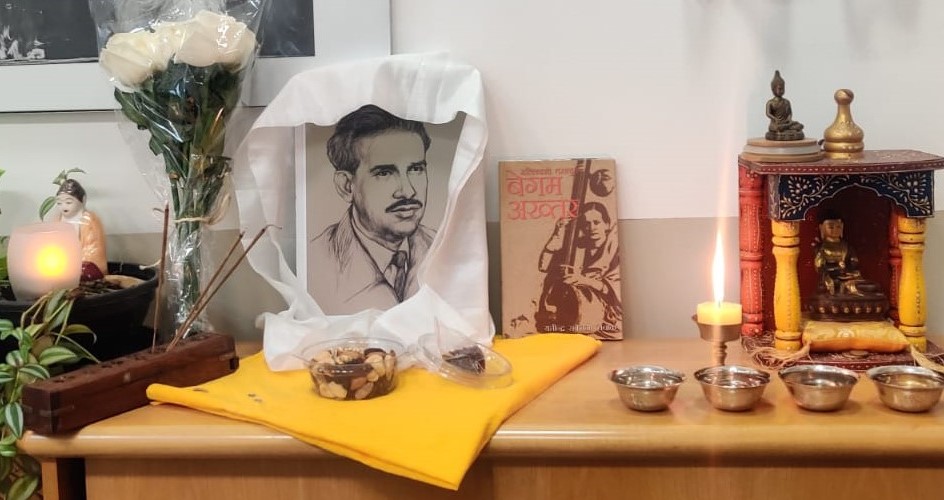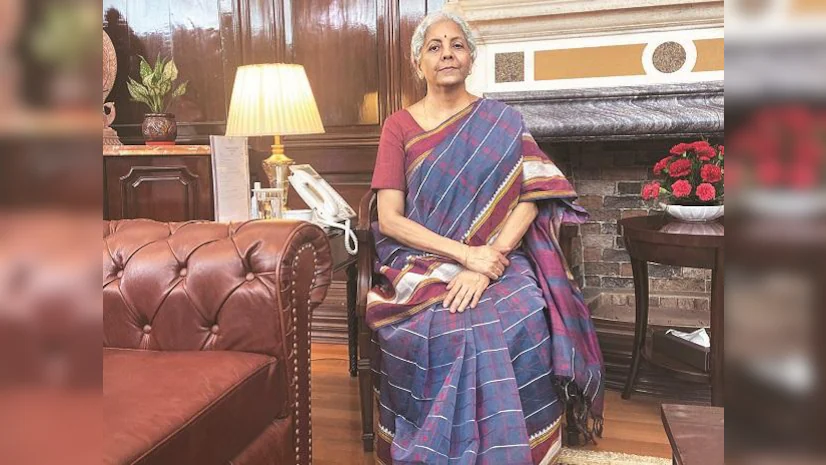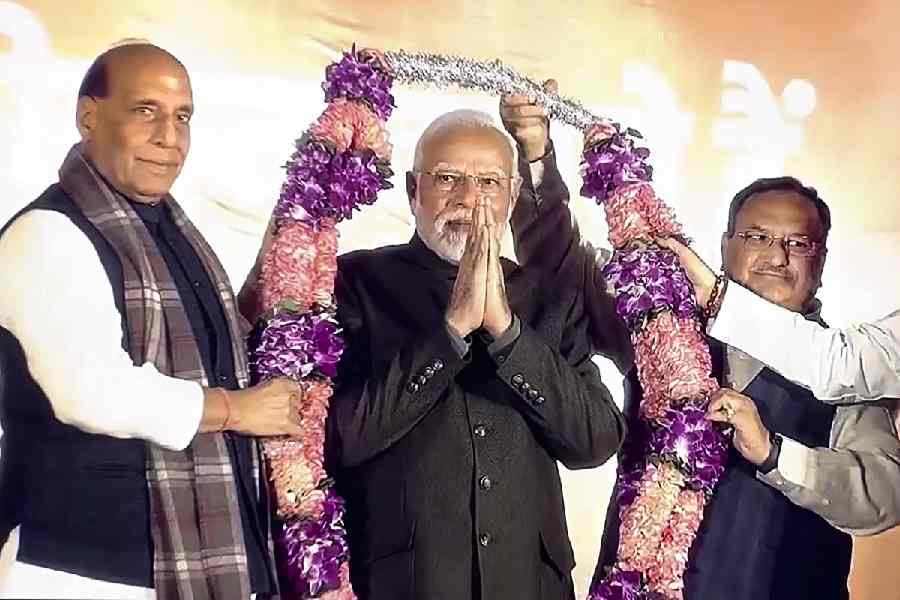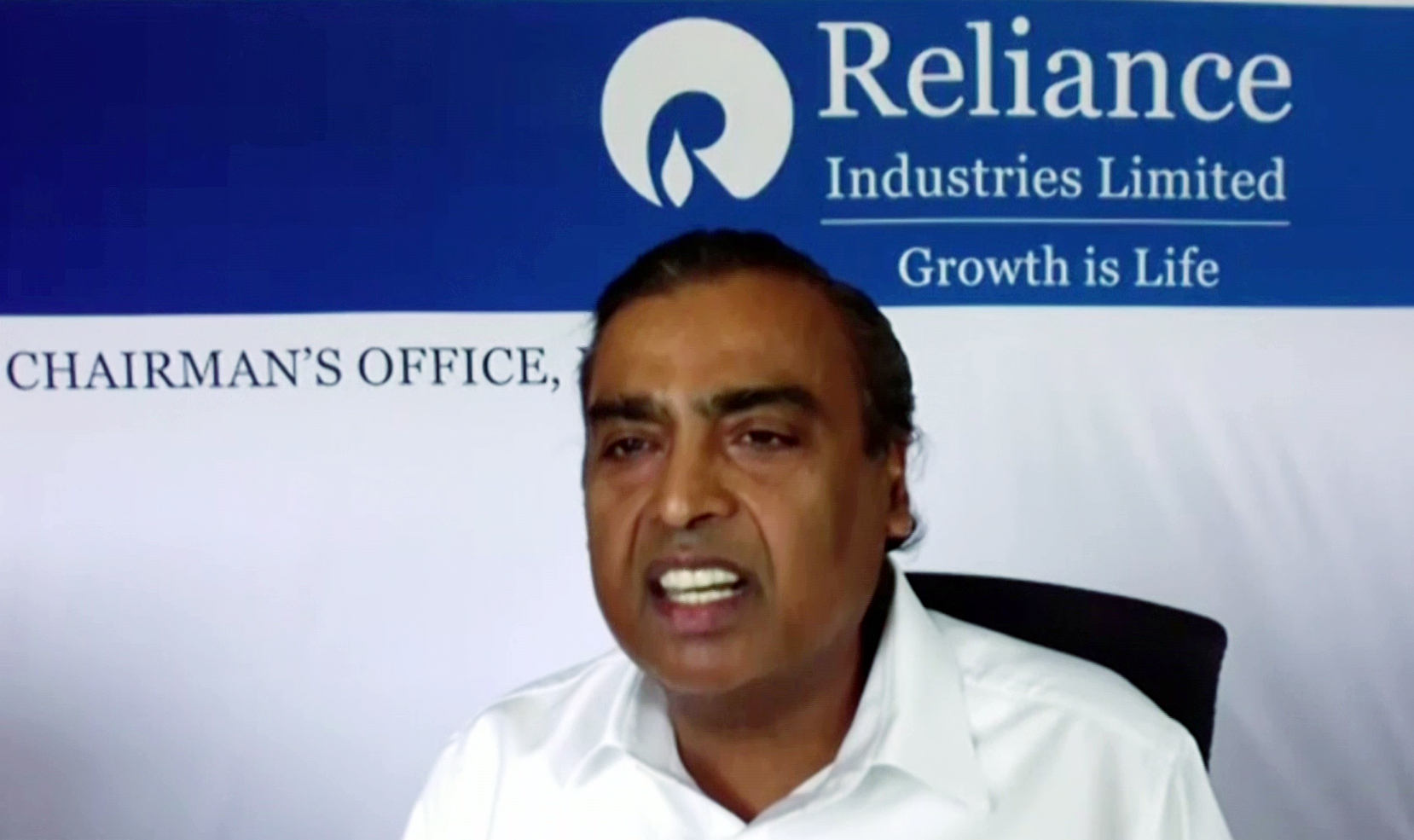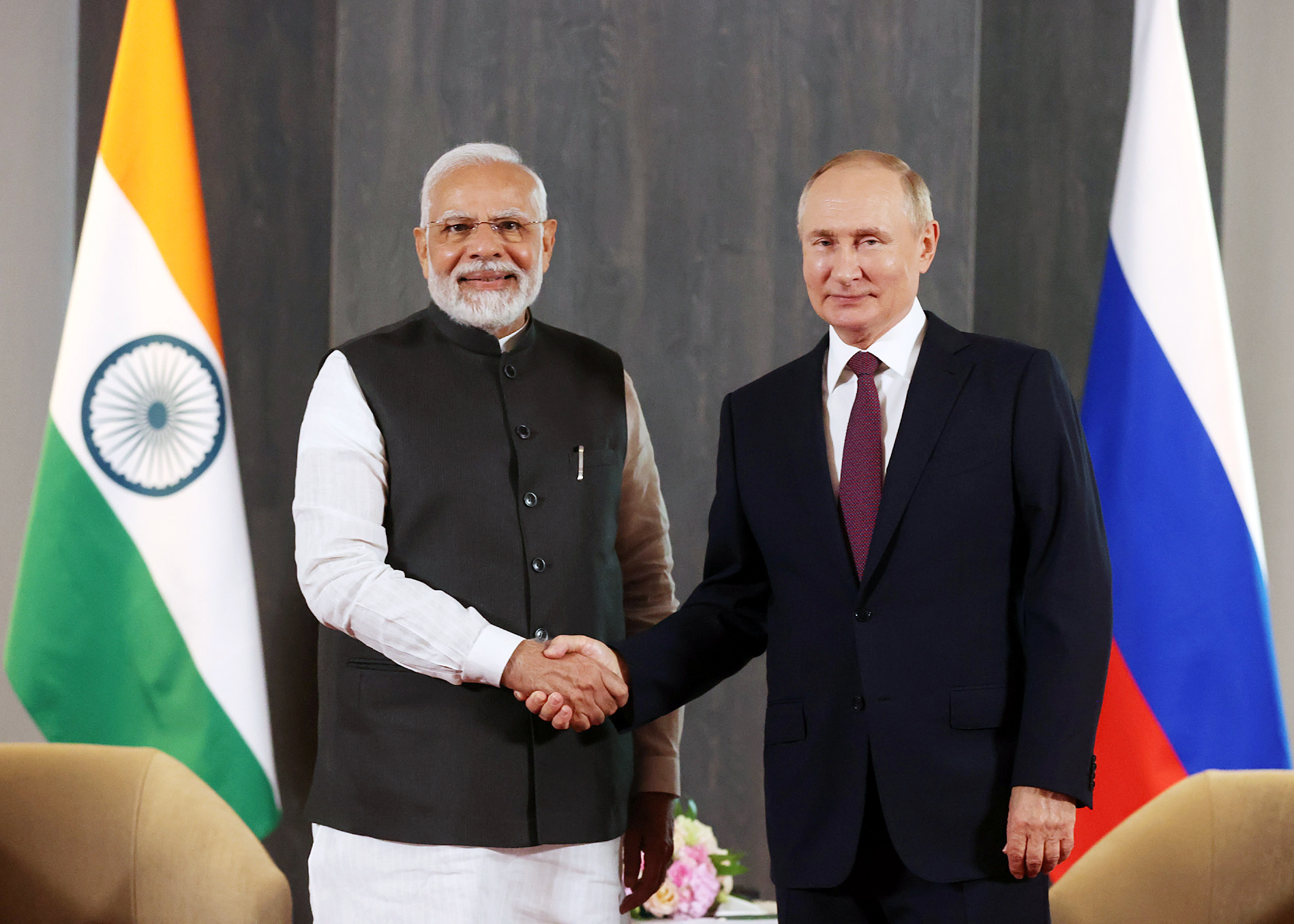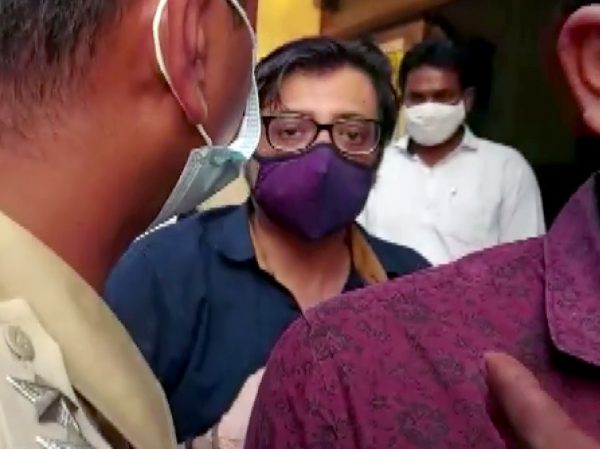Tensions at the India-China border in eastern Ladakh continues to exist even a year after the Galwan clash in which 20 Indian soldiers were killed
Our Bureau
Washington, DC/New Delhi
Chief of Defense Staff General Bipin Rawat on Thursday met the US Chairman of the Joint Chiefs of Staff General Mark A Milley here and both discussed a range of issues, including ways to ensure regional security. The top officials agreed to continued cooperation in training exercises and creating more opportunities to increase interoperability between the two militaries, Office of the US Chairman of the Joint Chiefs of Staff Public Affairs said in a statement. Milley had welcomed General Rawat during an Armed Forces full honour arrival ceremony on Joint Base Myer-Henderson Hall.
General Rawat laid a wreath at the Tomb of the Unknown Soldier as part of his official visit. “Later both officials met at the Pentagon, where the two military leaders discussed a range of issues, including ways to ensure regional security and their respective roles as principal military advisors to civilian leadership,” the statement added.
Washington and New Delhi “share a strong military-to-military relationship under the US-India Major Defense Partnership, which supports a free and open Indo-Pacific”.
General Rawat is on a visit to the US. Earlier on Wednesday, he visited Joint Base Lewis-McChord in Washington and also discussed issues of bilateral defense cooperation with US Army’s Major General Xavier T Brunson, Commanding General, 1 Corps.
The visit came as India and China have been engaged in a military standoff for almost a year but disengaged from the most contentious Pangong lake area last month after extensive talks at both military and political levels. Tensions at the India-China border in eastern Ladakh continues to exist even a year after the Galwan clash in which 20 Indian soldiers were killed.
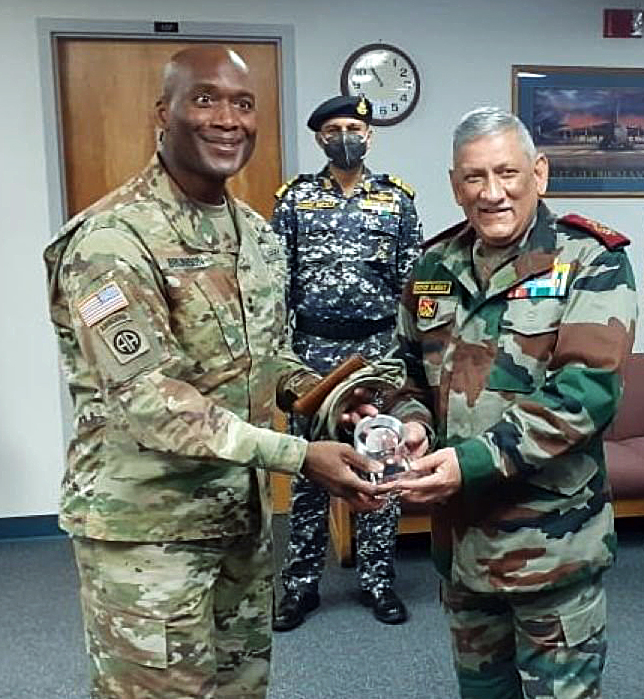
China’s provocative behavior, amassing of troops and its unilateral attempts to alter the status quo resulted in serious disturbance of peace and tranquility along the Line of Actual Control in Eastern Ladakh, said India on Thursday while rejecting Beijing’s allegation that New Delhi has long pursued the “forward policy” along the LAC.
MEA’s spokesperson Arindam Bagchi said that Beijing continues to deploy a large number of troops and armaments in the border areas and, in response, Indian armed forces had to make “appropriate counter deployments”. Bagchi remarks come in response to Chinese foreign ministry spokesperson Hua Chunying’s claims that the Indian side has long pursued the “forward policy” and illegally crossed the LAC to encroach on China’s territory, which is the root cause of tension in the China-India border situation.
Hua made the statement during a daily briefing on September 29.
Rejecting the statement by the Chinese side, Bagchi said: “It was the amassing of a large number of troops by the Chinese side, their provocative behavior and unilateral attempts to alter status quo in contravention of all our bilateral agreements that resulted in serious disturbance of peace and tranquility along the LAC in Eastern Ladakh.”
“China continues to deploy large number of troops and armaments in the border areas. It was in response to Chinese actions, that our armed forces had to make appropriate counter deployments in these areas to ensure that India’s security interests are fully protected,” he added.
Meanwhile, Australian Prime Minister Scott Morrison on Thursday said that Quadrilateral Security Dialogue (Quad) is a necessary group to balance China’s growing assertiveness in the Indo-Pacific region.
Talking about the defense military cooperation between Quad countries comprising of India, Australia, US and Japan, Morrison in an online briefing with the Indian media said, “India and Australia consider it as something that needs to be balanced in relation to China.” Recently, some of the senior Chinese officials have made statements to the effect that they see Quad grouping as a means of countering the growing Chinese influence in the region.
During the first in-person Quad Leaders’ Summit held recently, a range of issues were discussed including Afghanistan, cooperation in infrastructure, COVID-19 vaccines, and the Indo-Pacific.
He said that all the countries in the region and different, and they do not have the same political systems and outlooks. “There are many countries with many different systems of government,” he said. “We have a very multilateral view of the Indo-Pacific, not a binary one,” added Morrison.
















